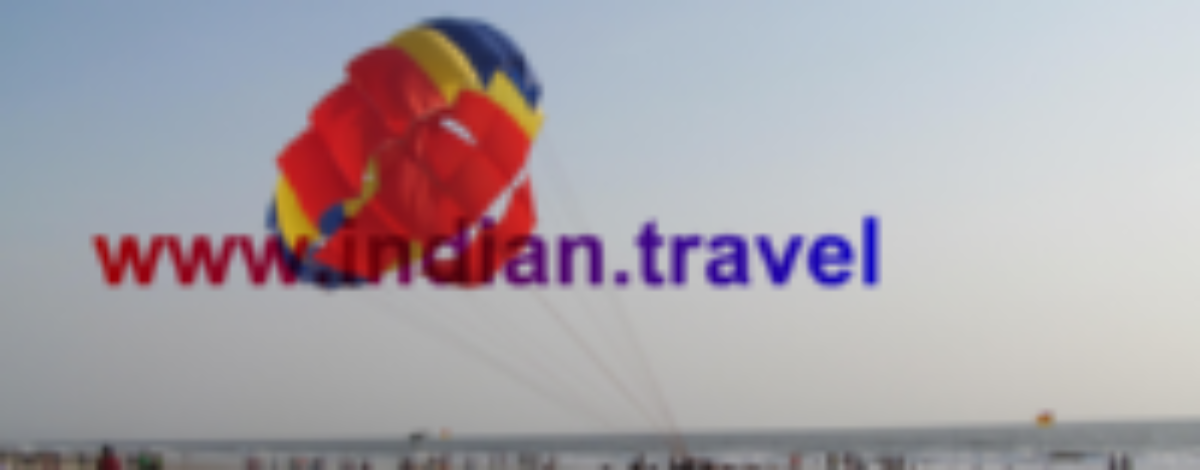Introduction
One of the most meaningful aspects of Canada’s immigration system is its strong focus on family reunification. Through the Family Sponsorship program, Canadian citizens and permanent residents can bring their loved ones to Canada and help them become permanent residents.
Whether you’re looking into spousal sponsorship, sponsoring dependent children, or exploring the Parents and Grandparents Program (PGP), this guide covers everything you need to know.
What is Family Sponsorship in Canada?
Family Sponsorship is an immigration pathway managed by Immigration, Refugees and Citizenship Canada (IRCC). It allows eligible sponsors to commit to supporting their relatives financially, so they can settle in Canada without relying on government assistance.
When approved, the sponsored person receives Canadian Permanent Residency (PR), which includes:
The right to live, work, and study in Canada.
Access to healthcare and most social benefits.
A direct path toward Canadian citizenship.
Who Can You Sponsor in Canada?
Canada’s Family Sponsorship program is designed for close family members. The following categories are eligible:
1. Spouse, Common-Law Partner, or Conjugal Partner
Must be at least 18 years old.
Relationship must be genuine (not solely for immigration).
Two sponsorship options:
Inland Sponsorship → If your spouse/partner is already living in Canada.
Outland Sponsorship → If your spouse/partner lives outside Canada.
Processing time: about 12 months.
Fees: from CAD $1,050.
2. Dependent Children
Must be under 22 years old and unmarried.
Children 22 or older may qualify if financially dependent due to a disability.
Processing time: about 12 months.
Fees: around CAD $150 per child, plus biometrics/medical exams.
3. Parents and Grandparents Sponsorship (PGP)
Managed through a lottery system each year.
If selected, you can submit a full sponsorship application.
Sponsors must meet the Minimum Necessary Income (MNI) for the past 3 years.
Undertaking period: 20 years (you are financially responsible for them).
Alternative: If not selected in the lottery, apply for a Super Visa, which allows long stays of up to 5 years at a time.
4. Other Relatives (rare cases)
Orphaned brothers, sisters, nephews, nieces, or grandchildren under 18 (not married or in a relationship).
In some situations, if you have no close family in Canada, you can sponsor one extended relative.
Eligibility Requirements for Sponsors
To sponsor a family member, you must:
Be 18 years or older.
Be a Canadian citizen, permanent resident, or registered Indian under the Canadian Indian Act.
Live in Canada (citizens abroad must show proof of returning).
Meet income requirements for certain categories (e.g., parents/grandparents).
Sign an undertaking agreement promising financial support.
You cannot sponsor if you:
Are bankrupt or receiving social assistance (except disability).
Have defaulted on previous sponsorship undertakings.
Are in prison or convicted of certain crimes.
Financial Undertaking Period
When you sponsor someone, you are legally responsible for their basic needs: food, shelter, and healthcare not covered by public health.
The commitment period depends on who you sponsor:
Spouse/Partner → 3 years.
Dependent Child → 10 years or until the child turns 22.
Parents/Grandparents → 20 years.
Other Relatives → 10 years.
How to Apply for Family Sponsorship in Canada
Here’s a step-by-step overview of the Family Sponsorship application process:
Check Eligibility – Confirm that both sponsor and applicant meet IRCC requirements.
Gather Documents – Proof of relationship, IDs, financial documents, marriage/birth certificates.
Complete Online Application – Available on the IRCC website.
Pay Fees – Sponsorship fee, processing fee, and biometrics fee.
Submit Application – Upload documents and submit through IRCC’s digital portal.
Medical & Biometrics – Sponsored family member must complete exams.
Wait for Processing – IRCC reviews application (varies by category).
Receive Decision – If approved, family member becomes a Canadian PR.
Processing Times and Fees (2025)
Sponsorship Category Processing Time Fees (approx.)
Spousal Sponsorship ~12 months CAD $1,050+
Dependent Child Sponsorship ~12 months CAD $150+
Parent/Grandparent Sponsorship Several years CAD $1,050+ per parent
Other Relatives Case-specific CAD $1,050+
Additional costs may include:
Biometrics fee: CAD $85 per person.
Medical exam: CAD $200–$300 (varies by country).
Police clearance: Depends on the applicant’s country.
Benefits of Family Sponsorship in Canada
Keep families together in Canada.
Sponsored family member gets permanent residency.
Access to universal healthcare and public education.
The right to work and study anywhere in Canada.
Pathway to Canadian citizenship after 3 years of PR.
Tips for a Successful Sponsorship Application
Provide strong proof of relationship (photos, joint accounts, communication history for spousal sponsorship).
Ensure financial documents are accurate and up-to-date.
Double-check that forms are complete before submission.
Respond quickly to IRCC requests for additional documents.
Consider professional help if your case is complex (e.g., previous refusals).
Frequently Asked Questions (FAQ)
Q1. How long does family sponsorship take in Canada?
Spousal and child sponsorship applications usually take 12 months, while parent/grandparent sponsorship can take several years.
Q2. Can I sponsor my brother or sister to Canada?
Only in rare cases (if they are orphaned, under 18, and unmarried), or if you have no other relatives in Canada.
Q3. What is the cost of spousal sponsorship in Canada?
The government fee is around $1,050 CAD, plus biometrics, medical exams, and document costs.
Q4. What happens if I divorce my sponsored spouse?
You remain financially responsible for them during the 3-year undertaking period, even if the relationship ends.
Q5. Can a permanent resident sponsor a family member while living outside Canada?
No. Permanent residents must live in Canada. Only Canadian citizens can sponsor while abroad, and they must show intent to return.
Conclusion
The Family Sponsorship Canada program is one of the most compassionate immigration options, designed to reunite families and strengthen communities. Whether you are applying for spousal sponsorship, dependent child sponsorship, or the Parent and Grandparent Program (PGP), careful preparation is the key to success.
By meeting the eligibility criteria, submitting strong documents, and understanding the processing times and financial responsibilities, you can successfully bring your loved ones to Canada and help them build a future here.
